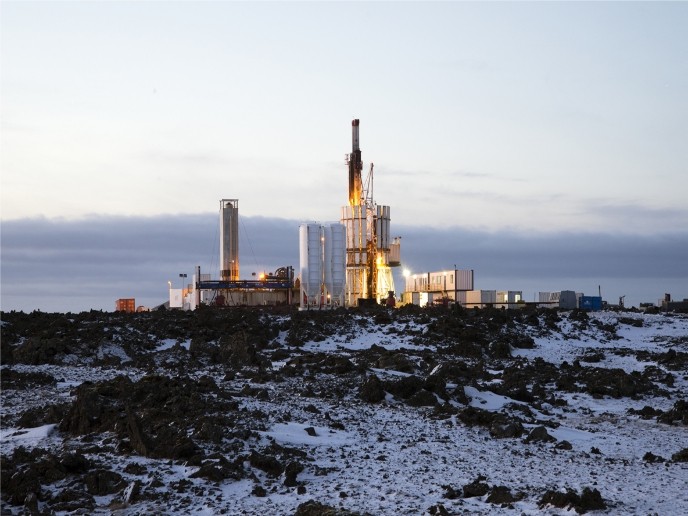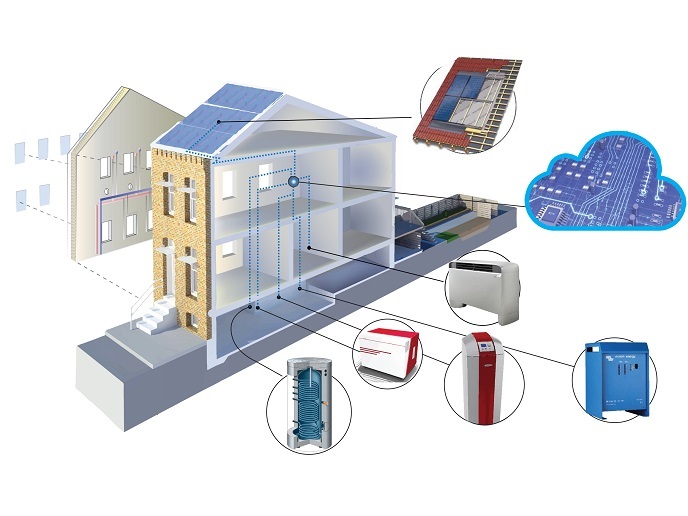Optimising waste heat utilisation for refrigeration and electricity generation
Scientists working on the EU-funded project ADSOR-RESOR CYCLE developed a novel adsorption–resorption cogeneration cycle with improved performance compared to conventional methods. Project members will investigate the adsorption–resorption refrigeration cycle, intensification of the heat transfer of the adsorbents and construction of the power generation system. Investigators constructed a test unit for the two-stage adsorption refrigeration cycle. It utilised two different salts: calcium chloride (CaCl2) as the high-temperature salt (HTS) and barium chloride (BaCl2) as the low-temperature salt (LTS). These changes optimised the coefficient of performance (COP) showing 2-5 times improvement over conventional adsorption refrigeration techniques. Researchers carried out heat and mass transfer tests, focusing on the consolidation of salts with expanded natural graphite (ENG) to intensify heat transfer. Thermal conductivity was quite low for pure salts. However, ammonium chloride (NH4Cl) was the best choice for an LTS, CaCl2 for a middle-temperature salt (MTS) and manganese (II) chloride for an HTS. When consolidated with ENG, thermal conductivity increased correspondingly with ENG amounts. Optimal thermal conductivity was 10 times better than with the granular adsorbents. Finally, experiments on the demonstrator cogeneration unit showed that the novel resorption cycle improved the energy efficiency of electricity generation by 40–60 %. Furthermore, it increased the low COP of the refrigeration cycle by a power of 10. Waste heat is common and often produced in small amounts making small-scale applications a big market for combined power and refrigeration from low-grade waste heat. ADSOR-RESOR CYCLE delivered a novel two-cycle system with enhanced energy efficiency for power production and increased performance of refrigeration. Simplifying the system could further reduce costs and the use of consolidated solid adsorbents saves space. These advances are expected to have a big impact on small-scale applications.







